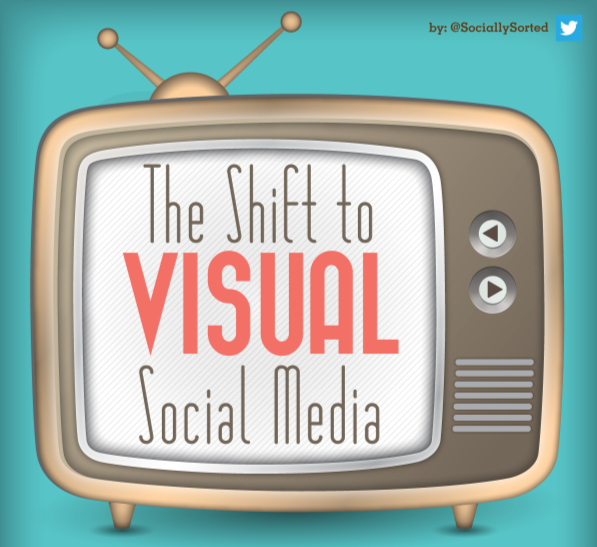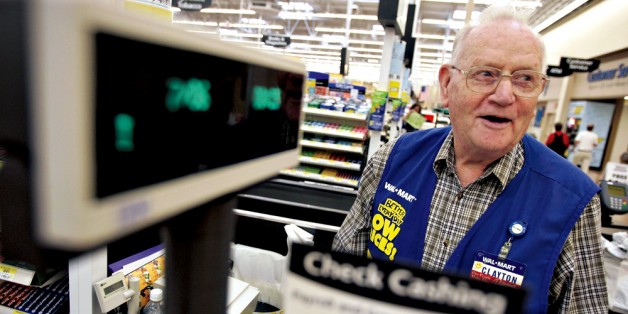With the presence of Web 2.0 and the fact that Social Media is now part of our everyday lives, it only makes sense for companies to exploit it and use it for their own benefits. I am referring to advertisements. The problem for many of these companies is that they struggle to clearly define what their objectives are for social media. According to Houssem Daoud from Social Media Examiner, Goals and objectives guide your social media strategy to help you successfully connect with your customers (Daoud, 2014).

Regardless of your objectives for social media, when ever a company makes an investment in something they expect a return. This is referred to the Return on Investment or ROI . So prior to a business diving into measuring their ROI, it is important for them to define what exactly their goals are. This will ensure that the measuring metrics to be used are inline with what the company’s overall objectives are. So in other words, what does the company expect to get out of developing a social media-marketing plan?
Right off the bat a company should be focusing on a few things like how to: increase traffic, exposure and engagement with their consumers. Engagement can be tracked using how many likes, shares or comments have been left. Exposure will show how large the company’s overall reach is. Traffic can be measured by counting the amount of page views and how long a consumer was on their page. “Instead of thinking about social media analytics as a noun, think of it as a verb. Specifically, it’s gathering data from social platforms to help guide your marketing strategy”(Guido, 2016). This information that is constantly being gathered gives the company the ability to make mid course corrections. For instance, if they are consistently receiving 100 likes on their Facebook posts but over the past week have barely been receiving 50 it would be a good indication that they need to take a closer look at what has been posted.

There are limitless social media analytics tools for tracking metrics; Keyhole, AgoraPulse and Brandwatch are some of the best out there. However, without the proper strategy the data that is being recorded is useless. A good marketing campaign will be one that not only reaches people but one that pulls them in and makes them feel part of something bigger. The real key is connecting with the customers and letting them give you feedback that does not fall on deaf ears. Embracing the change that both the times and customers bring will ensure that a company will be around for many years to come.
References
Dauod, H. (2014). 8 Essential Elements of a Social Media Marketing Strategy. Retrieved from http://www.socialmediaexaminer.com/essential-elements-social-media-marketing-strategy/
Guido, M. (2016). The List of the Top 25 Social Media Analytics Tools. Retrieved from http://keyhole.co/blog/list-of-the-top-25-social-media-analytics-tools/




